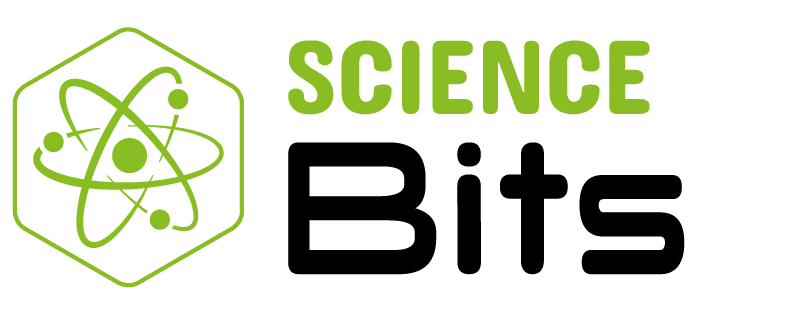ComputED… uno de los recursos educativos
computacionales líderes en California.
18-abril-2016
Los Best Educational Software Awards (BESSIES) de California nos otorgan un premio en la categoría de Educación Secundaria.
Science Bits has won a BESSIE award in the Middle School Category. The Best Educational Software Awards (BESSIE) target innovative and content-rich programs (including apps for iPad and Android) and websites that provide parents and teachers with the technology to foster educational excellence. The selection criteria include academic content, technical merit, subject approach, and management system. Winners are selected from titles submitted by publishers worldwide.
Los BESSIE awards son patrocinados por The ComputED Gazette, un valioso recurso educativo que ha prestado sus servicios a la comunidad en línea durante más de 25 años y considerado como uno de los principales recursos educativos computacionales en California. Sus directores son educadores que han impartido enseñanza informática de la más alta calidad a niños y adultos en el área de San Diego Norte.
Para más información visite computedgazette.com
Reseña BESSIE sobre Science Bits
Esta es una reseña amplia sobre nuestro producto Science Bits hecha por uno de los escritores de BESSIE (también puede verla en línea en http://computedgazette.com/arch/spring2016/page2.html.
“Science Bits is an outstanding Middle School Science website that houses an impressive collection of science content for Biology, Earth Science, Chemistry and Physics, aligned to the Next Generation Science Standards. The program emphasizes a ‘learn by doing’ approach, and can be viewed in both English and Spanish.
What sets Science Bits apart is its state-of-the-art multimedia resources (3D models, videos, animations and simulations) designed to engage students through interactivity and virtual experiments; and the simple, user-friendly interface in both the student and teacher views.
The comprehensive, scaffolded lessons adhere to the constructivist 5E Instructional Model: Empezamos (a video introduces some initial concepts with assessment); Exploramos (a guided inquiry-based activity challenges the student’s prior knowledge, and can include virtual experiments, interactive explorations, and Predict-Observe-Explain video-activities); Explicamos (the conceptual contents of the lesson are formally presented on digital whiteboard or computer); Elaboramos (a problem-based activity requires the application of concepts, attitudes, and procedures learned in the lesson); Evaluamos (a video review and a final self-correcting skills acquisition assessment).
Science Bits excels in many ways, and we cite a prime example: In a Biology lesson Formed by Cells, children engage in a virtual hands-on learning experience examining Protozoa. The simulated microscope is strikingly real, and can change magnification from 40x-400x, be raised and lowered with a focusing knob, control lighting, and samples can be shifted for specific viewing. The List of Contents is extensive, e.g., the Biology segment includes units on Formed by Cells, Life Processes, Nutrition, Responses to the Environment, Reproduction, Genetic Material, Reproduction in Seed Plants, Diversity of Life, The Living Cell, Human Nutrition, Human Responses to the Environment.
There is so much to like about Science Bits that one could go on and on.
On the Teacher Home Page, one accesses My Library and My StudentsThe teacher’s guide has an answer key; and there are printable PDF files and an abundance of resources to promote student use of computers and tablets. Most useful is an Intranet which facilitates creating groups of students, assigning bundles of content to those groups, scheduling exams, monitoring student progress, and grading open-ended questions.
There is so much to like about Science Bits that one could go on and on. But we must end by mentioning what a pleasure it was to seamlessly add content when creating student assignments. Easy dropdown menus are available to choose grade level and customize lessons; a Show button lists all lessons in the Content Library which meet the criteria; the Details dropdown list gives a choice of Video Activity, Video Lab, Virtual Experiment, Real Experiment, and Explanation/Exercises; and just clicking on the ADD button makes it happen «.

